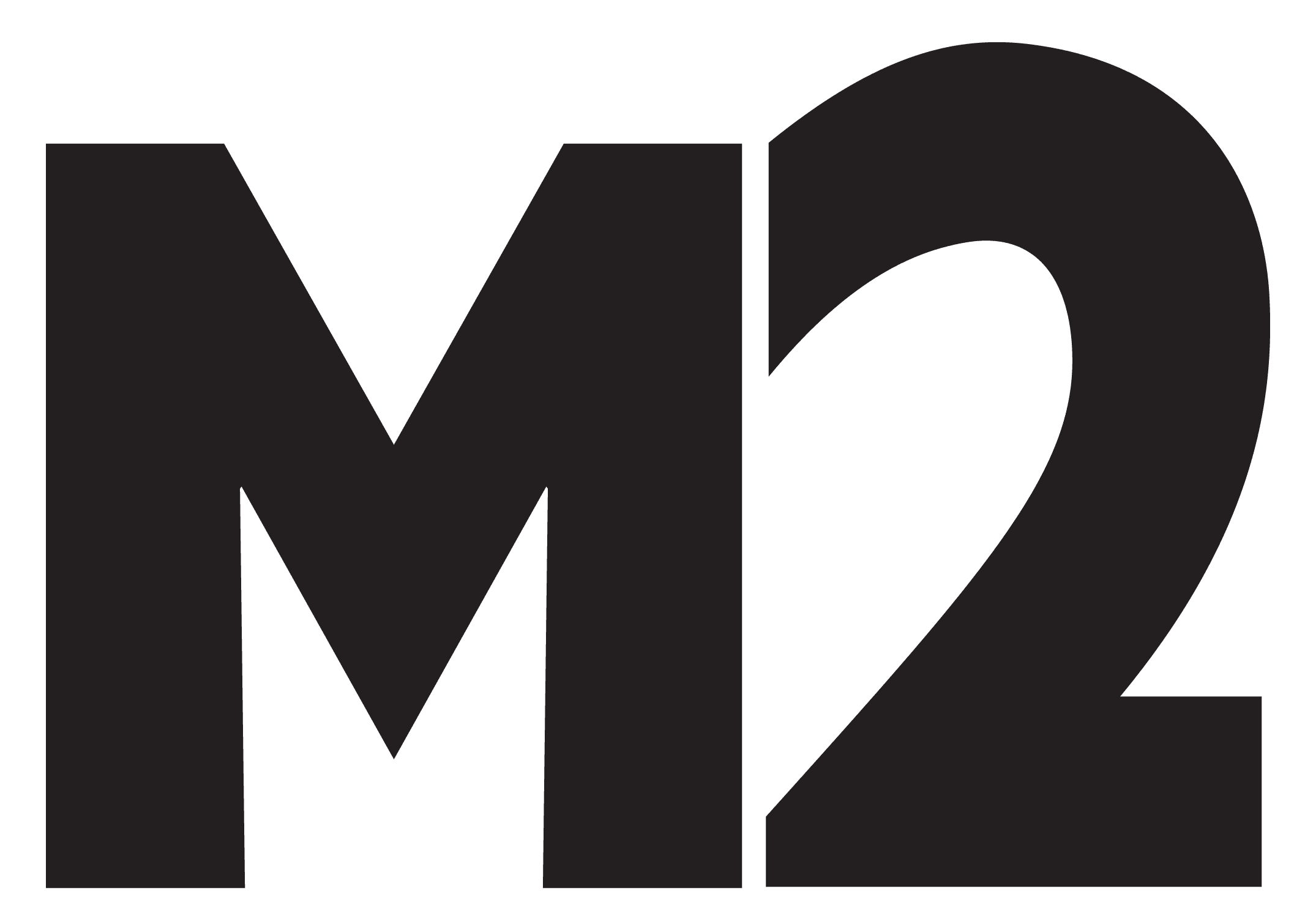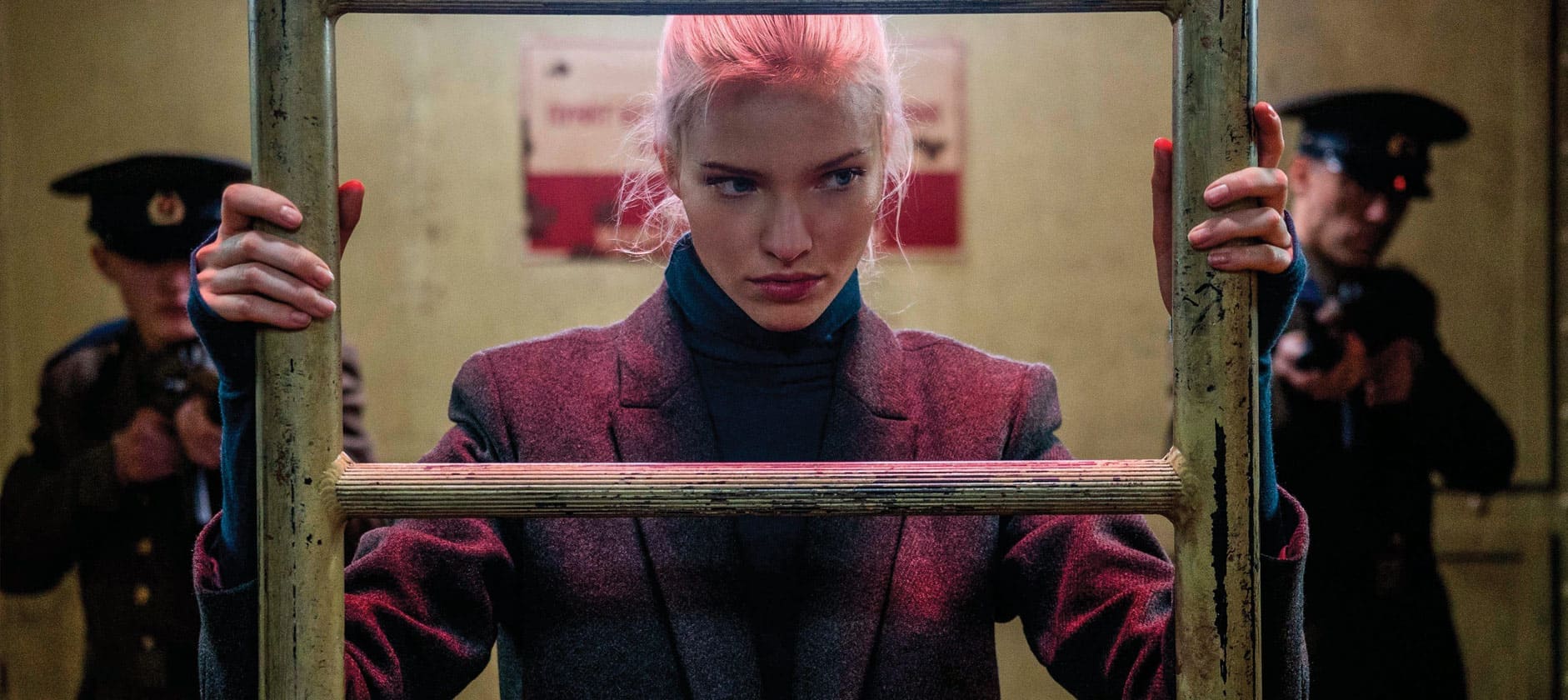Streaming: Disney Is Coming For You
For years Netflix has been the poster child of online streaming. Amazon Prime Video has done it’s best, but now a serious competitor has risen. Disney looms with it’s new service, Disney+, ready to rake in millions. Does this mean the end of Netflix? Or can they co-exist?
Let’s first take a look at what Netflix has done for the online world. It’s a service so good that it has helped minimise content piracy, according to research. “In short, the reason people are moving away from piracy is that it’s simply more hassle than it’s worth,” says Taryn Hamilton, Consumer General Manager at Vocus Group New Zealand, which operates brands including Slingshot, Orcon and Flip.
“The research confirms something many internet pundits have long instinctively believed to be true: piracy isn’t driven by law-breakers, it’s driven by people who can’t easily or affordably get the content they want.”
With that said, Netflix has had its own challenges from pirates, or in this instance, family and friends mooching off a single account. Missed revenue in this area could be costing Netflix $2.3 Billion a year.
Earlier this year, Netflix saw its first major fall in US subscribers for the first time since 2011, losing about 130,000 subscribers. This shortfall was made up for by the 2.7 million global subs it made in the same period. But even this was bittersweet, as they had optimistically projected to 5 million.
“Our missed forecast was across all regions, but slightly more so in regions with price increases,” Netflix CEO, Reed Hastings wrote in his letter to shareholders. “We don’t believe competition was a factor since there wasn’t a material change in the competitive landscape during Q2, and competitive intensity and our penetration is varied across regions.”
The bad news led to a stock drop, as investors couldn’t see the slow crop of new seasons of big shows like Stranger Things being enough to lure people back after the price hike. In fact, the stocks did bounce after Season 3 dropped, with strong growth of app downloads and 13% of former Netflix subscribers saying they’d come back for the season.
Netflix is in a race against time and eyeballs. In 2018, it made $16 billion in annual revenue, up about 35% year over year, and it’s turned around and poured all that money back into the business of content creation. That same year, they spent $12 billion on content, and they plan on spending $15 billion this year. Last year, they actually ended up with a free cash flow of negative $3 billion, but the idea is that they’re trying to make a lifetimes worth of content. They want you to be able to die happy without ever having to rewatch Ozark or House of Cards. When they can hit this mark somehow (probably still with the help of outside studios), they can then wind down production costs and hopefully start making some proper money. It’s a ballsy move, considering that it accounts for 85% of its costs and only 20% of its view time. But is time running out, and can it afford NOT to create its own original programs?
“The more successful we get, the more anxious I get about the willingness of networks to license their stuff to us. That’s why original content is critical.” says Chief Content Officer, Ted Sarandos.
In 2017, Disney announced it wanted more money, an admirable goal, and it was going to achieve this by removing its content from Netflix and starting its own fiefdom. This announcement meant that Netflix could lose around 20% of its library, a not insignificant amount. Other studios are thinking of doing the same, meaning Netflix’s library could be eviscerated into tons of little microstates. Shrinking their library means they need to spend more time in the red, leading some to wonder whether they could be suffocated before they ever make it out of the hole they’re digging. This is something they’ve made their peace with. Hastings freely admitted that his business expects “to be free cash flow negative for many years”.
Netflix’s great weakness is only having one revenue model. Disney on the other hand has parks, resorts, toys, interactive media, as well as its media networks and studios, of which it’s adding new heads every day.
Disney+ is also looking like a surprisingly good, albiet spartan, service. At launch Disney+ will have 500 movies and 7,000 individual episodes of various content. Compare this to the 4,000 movies Netflix has to offer as well as 1,570 TV shows. I wonder why Disney said how many episodes it had rather than shows. We may never know the answer. With this modest offering, it will also come out the gate swinging with a Star Wars original show as well as 30 years of The Simpsons.
Us media types like to put businesses into cage matches against each other because we love blood sports, but the contestants don’t always agree.
“Great competition makes you better,” Hastings said on the company’s Q1 earnings interview. “And so we’re thrilled to have Apple and Disney in. They are awesome companies and just to be in the same league as them is very exciting for us.”
“I don’t see this as a war,” Michael Paull, Disney’s streaming services president, told The Verge. “I see this as nothing but a big win for the consumer.”
If spreading out shows across multiple services counts as a win for consumers, then yeah sure, I guess. But that’s the funny thing about the subscription video on demand (SVOD) model. Currently, all these services may not actually be in competition together. Sure, they all kind of look the same, like New World or Countdown, but unlike supermarkets, they don’t offer the exact same products at variable prices. You have Netflix for Bojack Horseman, and you get Amazon Prime Video for The Boys and American Gods. You can’t find these shows anywhere else at a cheaper price with a better UI, so you have both services, not one or the other. Consumer habits support this, with a significant overlap of almost half of Netflix subscribers using both services, considering them complementary rather than alternatives.
In New Zealand, Disney’s competitive pricing isn’t exactly revolutionary, being only $2 cheaper than Netflix’s cheapest one screen standard definition option. But Disney+ pulls out the stops here, offering 4 concurrent streams off one account as well as 4k resolution at no extra cost, all things you need to shell out more for on Netflix.
In the USA, things are a little more aggressive. For $12.99, the same price as Netflix there, you can pick up Disney+, Hulu, and ESPN+ all bundled together. Not a bad deal at all.
Indeed, if you buy both Netflix and Disney+ together, it’s still cheaper than what your grandparents are paying for the basic Sky bundle. It’s up for debate here, but it’s the traditional media that’s getting hurt the most from SVODs growth. There is definitely room in the lounge and in the wallet for at least a couple SVOD subscriptions, but how far can a consumers patience be stretched?
As more and more studios fracture off into their walled gardens of content, we may be heralding a new era of piracy. Studies find that by 2022 nearly every major broadcaster will have its own streaming service. Having everything under one roof is convenience, having it all over the place may as well be back in the torrenting era. Indeed, a report by Sandvine on Global Internet Phenomena supports this theory. In 2011, torrents accounted for 52.01% of upstream traffic in North America. This had halved by 2015. Now the trend has begun to reverse, and in the 2022 hellscape of silo’d content, we could possibly see it back up to its original strength. “To get access to all of these services, it gets very expensive for a consumer, so they subscribe to one or two and pirate the rest.” says Cam Cullen, VP of Global Marketing at Sandvine.
It isn’t just people wanting free content. In some cases, especially here in New Zealand, the content just isn’t available any other way.
So maybe the answer is that in a war between Netflix, Disney+, and myriad of little guys, the winner is nobody. Nobody except ISPs.
The Netflix Timeline
1997 Netflix is founded
2000 Netflix offers itself for sale to Blockbuster for $50 Million. Blockbuster is too big to fail, and declines the offer.
2006 Amazon launches Amazon Video, at this time known as Amazon Unbox
2007 Netflix moves away from DVD rentals and starts to transition to video streaming
2013 Netflix hosts its first piece of original content, House of Cards.
2013 Blockbuster closes forever
2016 Netflix expands into over 130 territories, now a totally global brand.
2017 Netflix now rivals its cable rivals in terms of size.
2019 Disney+ launches, taking a chunk of Netflix’s library with it.
2022 Mad Max becomes president of the USA. As fires burn, pirates pick through the ruins looking for great TV shows.
Top image from Anna (2019)

